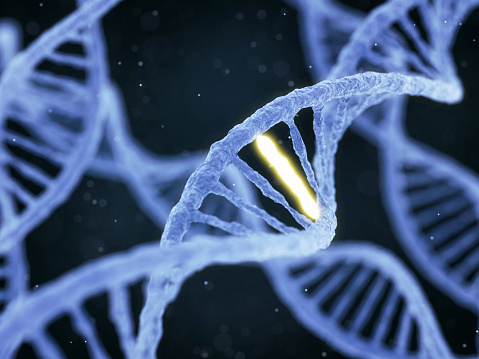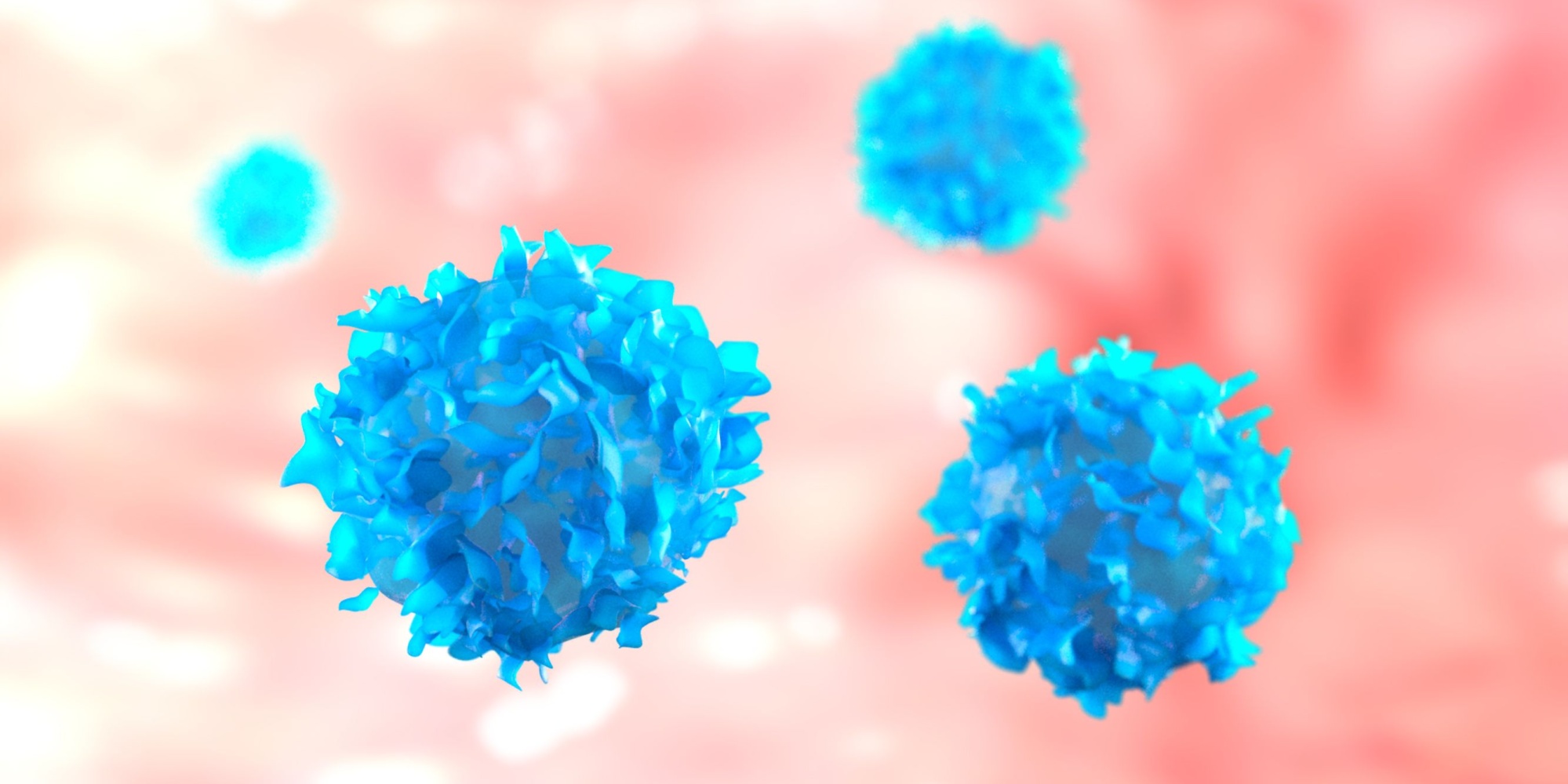
Crucial step discovered in DNA repair, cellular aging
May 22nd, 2017Research led by scientists at the Harvard Medical School, have revealed a crucial step in a molecular chain of events that permits cells to fix their broken DNA.
These findings, as well as tests conducted in mice, show that the body’s ability to fix its own DNA reduces as we age. Treatment with the NAD precursor NMN helps to ward off DNA damage from radiation exposure and and ease age related DNA damage.
However, scientists advise the effects can often be profoundly different in mice and humans. Although with further study of animals and humans these results could help us to develop therapies that prevent DNA damage in relation to aging, and with treatments for cancer that involve exposure to radiation and some chemotherapy, though they kill tumors can cause DNA damage to healthy cells. Human trials are expected to begin within a six month timeframe according to Researchers.
Senior author and professor in the department of genetics at HMS, David Sinclair has stated “Our results unveil a key mechanism in cellular degeneration and aging, but beyond that they point to a therapeutic avenue to halt and reverse age-related and radiation reduced DNA damage.”








